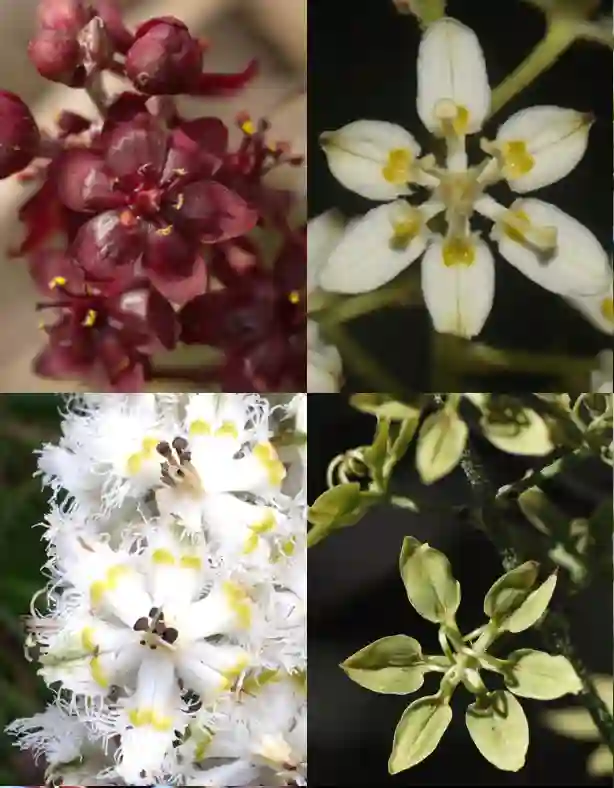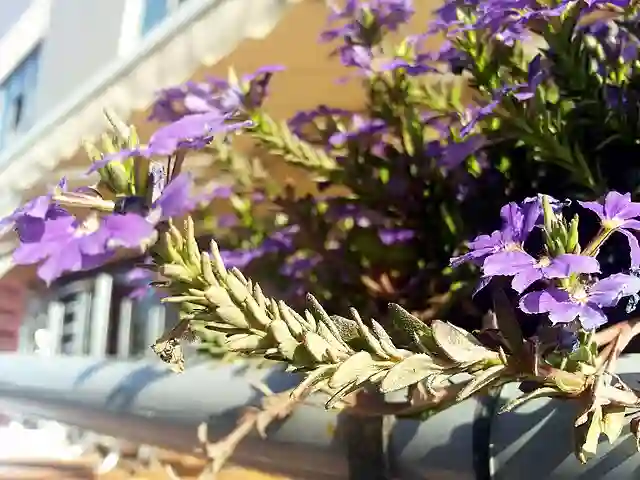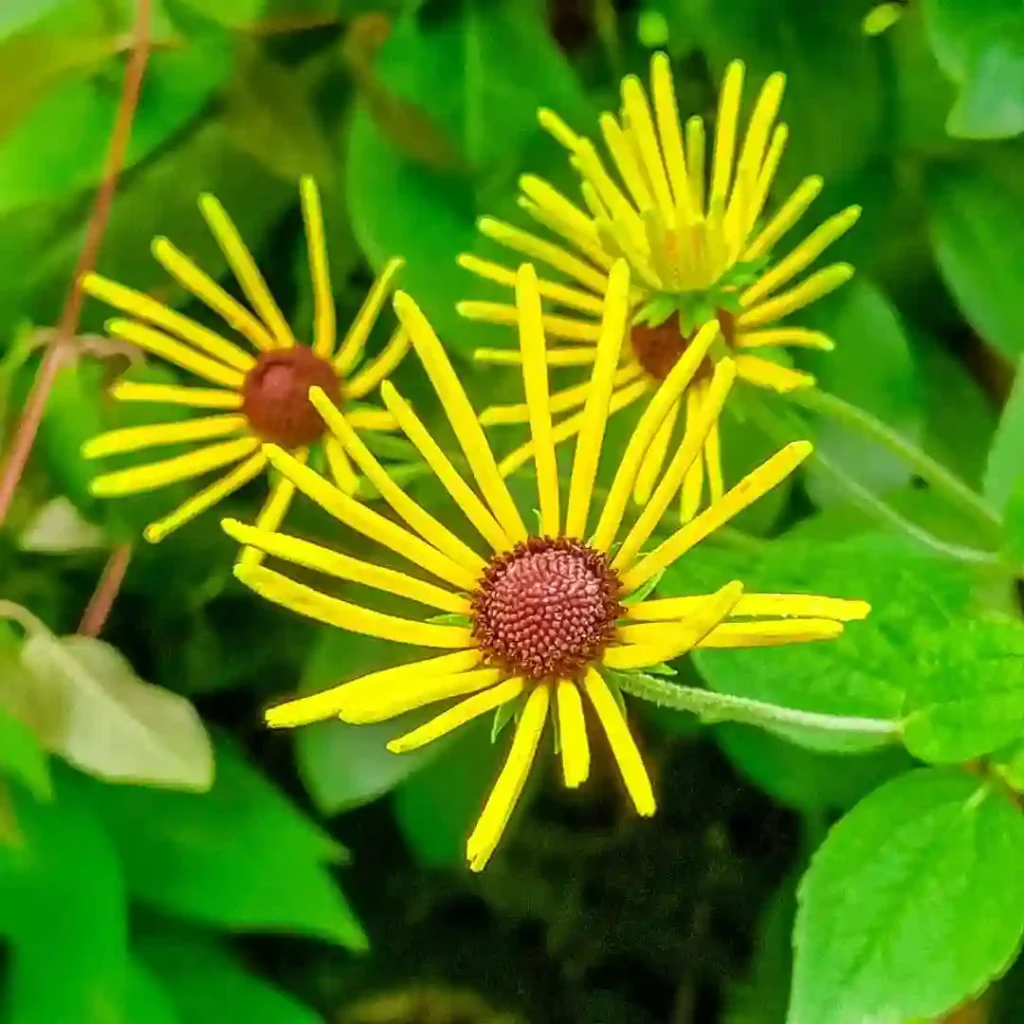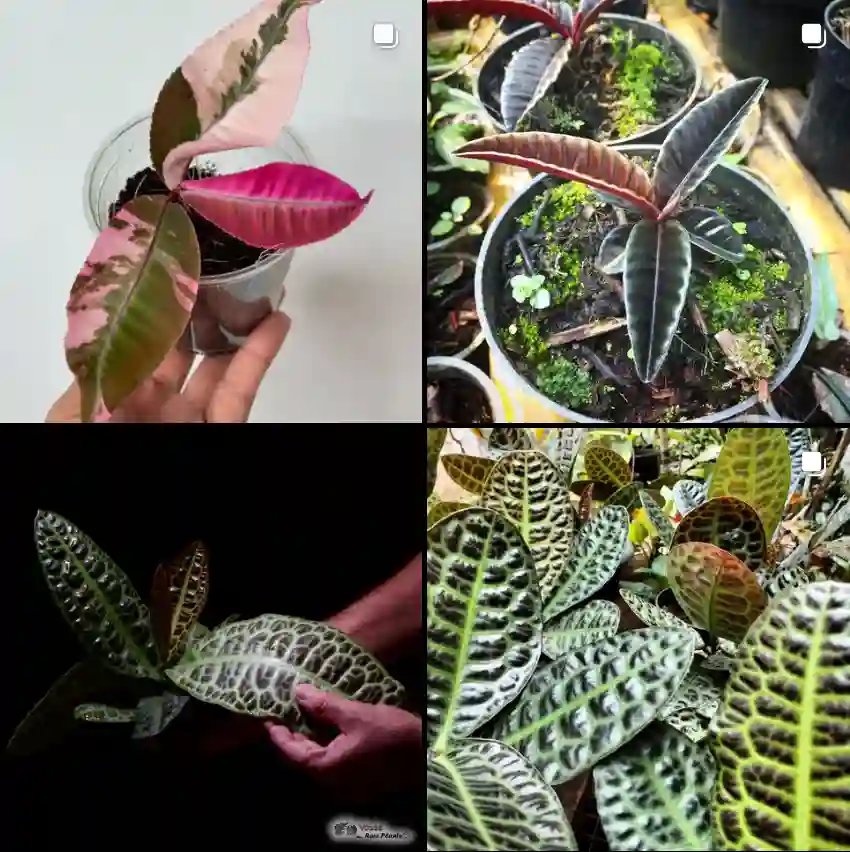
Datura Innoxia: A Bewitching Beauty with a Dangerous Edge
Datura innoxia, also known as the Downy Thorn Apple, Angel’s Trumpet, or Toloache, has captivated me for years. This nightshade relative boasts magnificent, trumpet-shaped flowers that unfurl under the cloak of night, releasing a sweet, intoxicating fragrance. But beneath its alluring beauty lies a potent danger – all parts of Datura innoxia are highly toxic.
Growing this plant requires a healthy dose of respect and caution. Intrigued by its unique characteristics, I delved into the world of Datura innoxia, and here’s what I learned.
14 Species in Genus Datura
Datura innoxia vs datura stramonium
I’ve grown Datura innoxia and Datura stramonium side by side, and I found that the innoxia’s flowers are more pleasantly fragrant compared to the stramonium, which has a more pungent smell.
Datura innoxia vs ipomoea alba
When I compared Datura innoxia to Ipomoea alba, I noticed that the Ipomoea alba’s blooms were much larger and more delicate, with a softer fragrance, while the Datura innoxia had a more striking, but harsher scent.
Datura innoxia vs wrightti
My experience with Datura innoxia versus Datura wrightii revealed that the wrightii’s flowers were more compact and had a more subtle scent compared to the bold, large blooms and intense fragrance of the innoxia.
Can I Grow Datura Innoxia?
Before welcoming Datura innoxia into your garden, consider these factors:
- Climate: This plant thrives in warm, sunny locations. If your winters are harsh, it’s best grown as an annual.
- Soil: Datura innoxia prefers well-draining, fertile soil. Amending your soil with compost can provide the necessary nutrients.
- Watering: Regular watering is essential during the growing season, but avoid waterlogging.
- Propagation: Datura innoxia readily propagates from seeds sown indoors before the last frost.
What Makes Datura Innoxia So Special?
The star of the show is undoubtedly the flower. Datura innoxia produces large, trumpet-shaped blooms that unfurl at dusk, reaching lengths of up to eight inches. Their colors can range from pure white to pale lavender, often adorned with dramatic green veins. The fragrance, particularly noticeable at night, is sweet and intoxicating.
Beyond the flowers, the foliage holds its own charm. The large, ovate leaves boast a soft, downy texture that adds a unique textural element to the garden.
A Deceptive Allure: The Dangers of Datura Innoxia
Despite its beauty, Datura innoxia is a highly poisonous plant. All parts, from the seeds to the flowers, contain tropane alkaloids that can cause severe intoxication, hallucinations, and even death if ingested. It’s crucial to keep this plant out of reach of children and pets.
How Do I Tell Datura Innoxia from Datura Wrightii?
Distinguishing Datura innoxia from its close relative, Datura wrightii (Sacred Datura), can be tricky. Here are some key differences to look for:
- Flower Size: Datura innoxia typically boasts larger flowers compared to Datura wrightii.
- Stems and Leaves: Datura innoxia has hairy stems and leaves, while Datura wrightii’s are smoother.
- Spines: The seed capsule of Datura innoxia is covered in soft spines, whereas Datura wrightii has prominent, sharp spines.
If unsure about a Datura species, it’s always best to err on the side of caution and avoid contact.
Respectful Admiration: Keeping Datura Innoxia Safe
If you choose to cultivate Datura innoxia, prioritize safety:
- Wear gloves: Always wear gloves when handling any part of the plant to avoid skin irritation.
- Label clearly: Clearly label your Datura innoxia to prevent accidental ingestion.
- Educate others: Inform anyone who visits your garden about the dangers of the plant.
- Dispose of trimmings carefully: Don’t compost Datura innoxia trimmings. Instead, bag them securely and dispose of them with your household waste.
By following these safety measures, you can appreciate Datura innoxia’s beauty from a safe distance.
Is Datura Innoxia Right for You?
Datura innoxia’s captivating beauty comes with a significant responsibility. If you have children or pets, or if you’re uncomfortable handling potentially toxic plants, Datura innoxia might not be the right choice for your garden. There are many other stunning flowering plants that offer a safer alternative.
However, if you’re an experienced gardener who can provide a secure environment for this plant, Datura innoxia can be a fascinating and rewarding addition to your collection. Just remember, respect its power, and admire it from afar.
If i die, water my plants!



